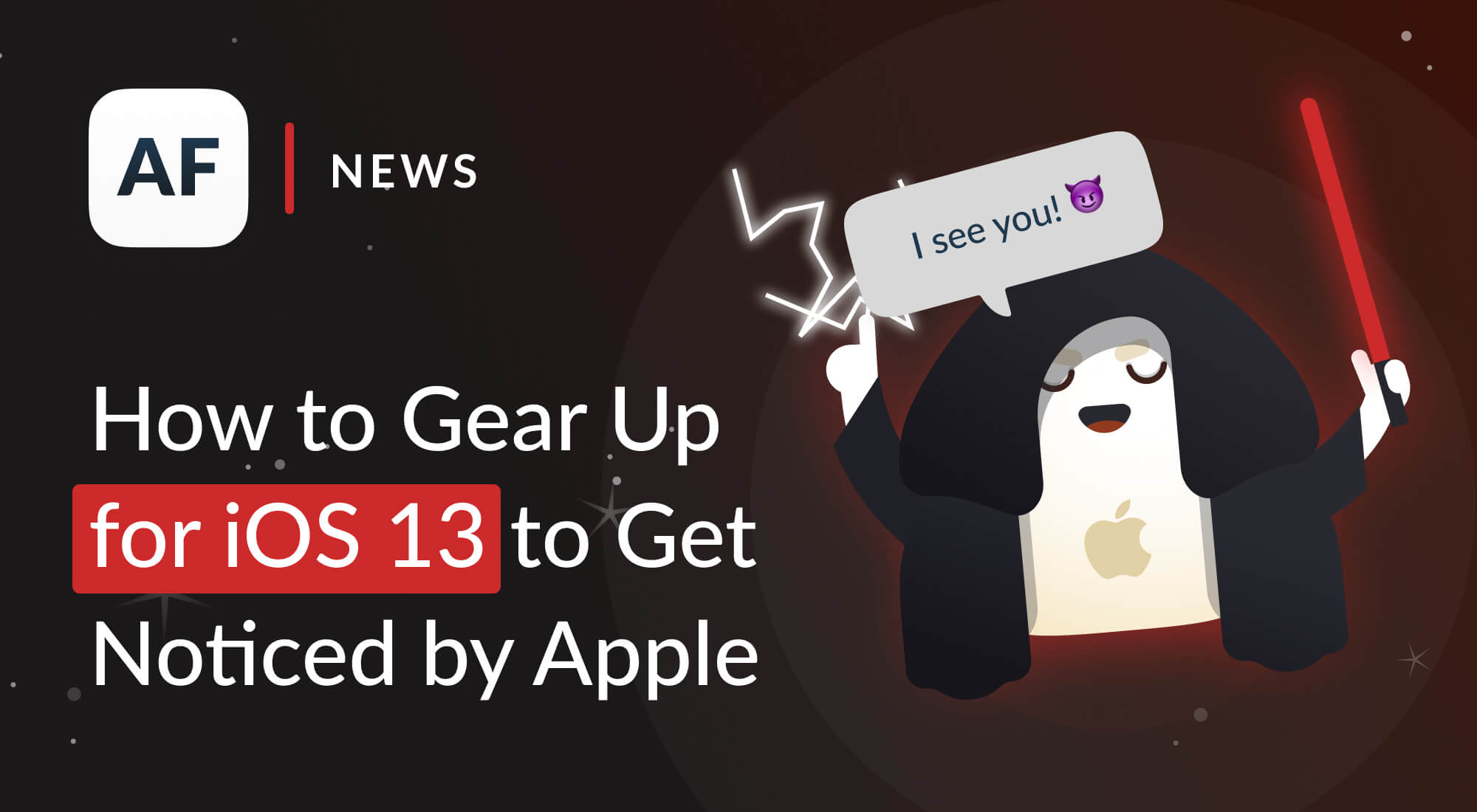WWDC 2021: First results and what it means for ASO

Table of Content:
On June 7, during its annual Worldwide Developers Conference (WWDC), Apple has presented a line of updates that its users will meet in iOS 15. Ilia Kukharev, Head of ASO at AppFollow, outlined the updates that are the most relevant to the world of app management.
A/B testing
By far, this is the most anticipated feature presented on the list. Now, the functionality to test app icons, screenshots, and video is available directly within the App Store. A notable difference from a similar feature set available in Google Play — the icon must be present within the app build itself. If you wish to test a new icon, it should be included into the app binary during the development stage and uploaded for review. After that’s done, you will be able to test it. The situation is the same when it comes to screenshots, videos, and promo texts (short announcement at the beginning of the description). All these elements must be reviewed first, and only then can they be used for testing. There were no mentions of the ability to test the app name or subtitle.

All the results of testing will be available in the built-in App Analytics section. The possibility to evaluate the change in conversion and compare the page performance is also planned.
The launch of native A/B testing is meant to make the life of all ASO specialists easier — for everyone who has to resort to using either paid third-party software or test the changes on the “live” app page (by releasing the app version with the new app icon, screenshots, and video to compare the results). This September, this issue should come to an end.
Custom app pages
The custom app page is an additional version of the existing page, created specifically for a niche audience or event.
Compared to the similar feature in Google Play, the main difference is that the app page is not meant for organic traffic, thus it will not be discoverable in Search. The app page will only be available through a direct link with a parameter in the URL address. Google Play does allow the creation of a custom app page that can get organic traffic from Search.

Let’s say you have an Android app available in Saudi Arabia, where both English and Arabic languages are used, and in Google Play you can create separate pages for Arabic and English audiences respectively, with different CTAs and screenshots.
In the case of the App Store, the custom pages can only be used for external advertising. For instance: you have a sports app and you launch a sports team ad. To do this, the custom app page for “a team” is made. This team is highlighted in the screenshots and the ad creatives for including the link to the page are made. Thus, the paid traffic arrives precisely at the custom app page with the particular team highlighted on it. That’s the main difference compared to Google Play, where a custom page can bring in all types of traffic, including Search.
On top of that, you can only change screenshots, videos, and promo text for your custom app page. It will be possible to create up to 35 custom pages for each app, and all of them will have to be reviewed by Apple.
The page data will be available in App Analytics, and in addition to the view, install, and conversion rates, you will be able to see the internal app metrics, such as the purchases made after visiting the custom app page and more.
Search results
There have been changes to the Search results page. Now, a short card with the app icon and name is shown for the installed apps, without screenshots.
Thus, on the screenshot, you can see the fourth application in Search is shown on the first screen, since the first three are installed apps. This is a considerable change for ASO and will allow apps below the first spots to gain more visibility.
Search results layout has been restored to the current version (with screenshots for the installed apps) in iOS 15.0 beta 2

In-App events
If there is an internal event in an app or a game, an App Store Connect event can be created for it. It will be shown in the Search, and the users that are looking for the app or the game will see the event in the Search as well. It will also be possible to get featured on the Apple Store’s main page with a countdown to the event’s launch.

App Review Guidelines
App Store guidelines have been updated. The major update is a new restriction to misleading ads. The ad creative that does not represent the app contents will be penalized, up to the removal of the app from the App Store.
Other
Among other notable changes presented by Apple and expected to arrive along with iOS 15 in September are the new App Analytics metrics — ARPU, Re-downloads, and others.
Summary
The fact that the App Store changes were announced during the Keynote, and not just at the internal conference session, suggests that Apple is carefully paying attention to the development of the App Store. At AppFollow, we are most happy about this, since the last big change took place with the release of iOS 11 four years ago.






